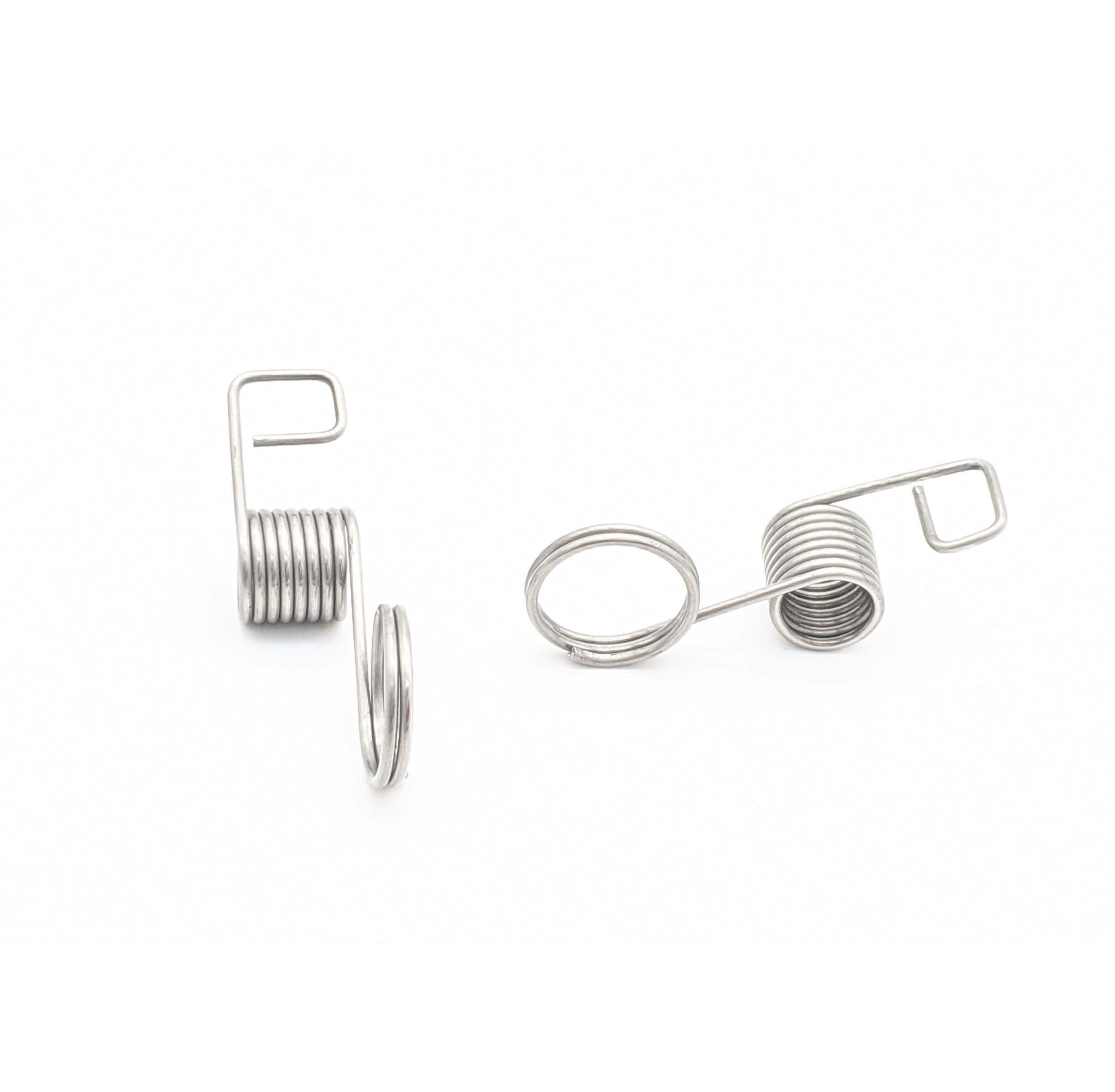Get unique, complex parts easily. No matter your requirements, Chaoyi Spring creates hard-to-produce coil springs and wire forms.
Let us help you create the custom wire form you need, from S-hooks and J-hooks to utility hooks and more.
We work closely with customers across a wide range of industries, helping them design and manufacture made-to-order parts.
Why choose Chaoyi Spring? We prioritize customer-focused collaboration, modern equipment and the latest technology to make your parts per print.
Find the information and guidance you need, from measuring a spring to learning about materials, placing an order and much more.
Springs are ubiquitous mechanical components that store and release energy through compression. From simple ballpoint pens to complex automotive suspensions, spring compression plays a crucial role in countless everyday applications.


Springs are ubiquitous mechanical components that store and release energy through compression. From simple ballpoint pens to complex automotive suspensions, spring compression plays a crucial role in countless everyday applications. This article will delve into the intricacies of spring compression, exploring its underlying principles, various types of springs, and practical considerations for their effective utilization. Buckle up for a fascinating journey into the world of spring compression!

At its core, spring compression is the deformation a spring undergoes when an external force pushes its ends closer together. This action stores potential energy within the spring, which is then released when the force is removed, causing the spring to return to its original shape. The amount of compression is directly proportional to the applied force, a relationship defined by Hooke's Law.
Hooke's Law provides a mathematical framework for understanding spring compression. It states that the force (F) required to compress or extend a spring is directly proportional to the displacement (x) from its equilibrium position. This relationship is expressed as F = -kx, where 'k' represents the spring constant, a unique characteristic of each spring. A higher spring constant indicates a stiffer spring, requiring more force for the same amount of compression.
The world of springs boasts a diverse range of types, each with unique properties that dictate their compression behavior. Let's explore some of the prominent ones:
1. Compression Springs: True to their name, these helical springs are designed explicitly for compression. They find widespread use in applications demanding consistent resistance to compressive forces, such as shock absorbers and valve mechanisms.
2. Extension Springs: Unlike compression springs, these are wound with initial tension and exert force when stretched. They are commonly found in trampolines and garage doors.
3. Torsion Springs: Designed to resist twisting motions, torsion springs store energy when rotated along their axis. They play a crucial role in clothespins, safety valves, and various mechanical devices.
4. Leaf Springs: These simple yet robust springs consist of stacked metal plates. They offer excellent load-bearing capabilities and are commonly used in vehicle suspensions, especially in heavy-duty trucks.
Several factors influence how a spring compresses and its overall performance:
1. Material: Spring material dictates its strength, elasticity, and resistance to fatigue. Steel is a popular choice due to its high tensile strength, while specialized alloys offer enhanced properties like corrosion resistance.
2. Wire Diameter: Thicker wires result in stronger springs but reduce flexibility, impacting the compression range.
3. Coil Diameter: A larger coil diameter increases the spring's ability to handle heavier loads but reduces its compactness.
4. Number of Coils: More coils contribute to greater spring deflection, allowing for more extended compression.
Spring compression finds its utility in a vast array of applications across various industries. Let's delve into some notable examples:
1. Automotive Suspensions: Compression springs form the backbone of vehicle suspension systems, absorbing shocks from road irregularities and ensuring a smooth ride. Their ability to store and release energy efficiently makes them ideal for this application.
2. Industrial Machinery: From heavy presses to delicate instruments, compression springs play a vital role in countless industrial machines. They provide controlled force for various operations, ensuring precision and reliability.
3. Medical Devices: In the medical field, spring compression is crucial for devices requiring precise force application, such as syringes, surgical instruments, and prosthetics. Their compact nature and reliable performance make them invaluable in these sensitive applications.
When working with springs, certain practical considerations can ensure optimal performance and longevity:
1. Avoid Over-Compression: Compressing a spring beyond its elastic limit can cause permanent deformation, affecting its functionality. It's essential to choose a spring with an appropriate load capacity for the intended application.
2. Prevent Corrosion: Springs operating in harsh environments are susceptible to corrosion. Choosing corrosion-resistant materials or applying protective coatings can mitigate this risk.
3. Account for Fatigue: Springs subjected to repetitive compression cycles can experience fatigue, leading to eventual failure. Selecting springs with high fatigue resistance and incorporating appropriate safety factors in design can enhance their lifespan.
Spring compression, a deceptively simple concept, underpins a vast array of technologies we rely on daily. Understanding the principles behind spring compression, the diverse types of springs available, and the factors influencing their performance empowers us to harness their potential effectively. As we've explored, spring compression truly is a fascinating realm where physics and engineering intertwine to create ingenious solutions for countless challenges. So, the next time you encounter a spring, take a moment to appreciate the intricate mechanics at play, silently shaping our world in remarkable ways!
Browse some of the custom wire forms and springs that we manufacture. Don’t see what you need? We specialize in made-to-order products that meet your application requirements.
Visit Our GalleryNeed a custom wire form or coil spring? We make it work. Fill out the contact form and a representative will respond within 1 business day. If you have a PDF or CAD file, you can submit to request a quote.